2023 | January Google Ads Market Mechanics
View January Google Ads Data By Hovering over any Coloured province or State.
averages based on data for January 2023: Cost Per Lead (CPL), Cost Per Click (CPC), Click Through Rate (CTR) & Conversion Rate (Conv. Rate)
Made withVisme
2023 | January Google Ads % change |Country, ST/PR & City
2022 | Q2 Google Ads % change
| Country, ST/PR & City
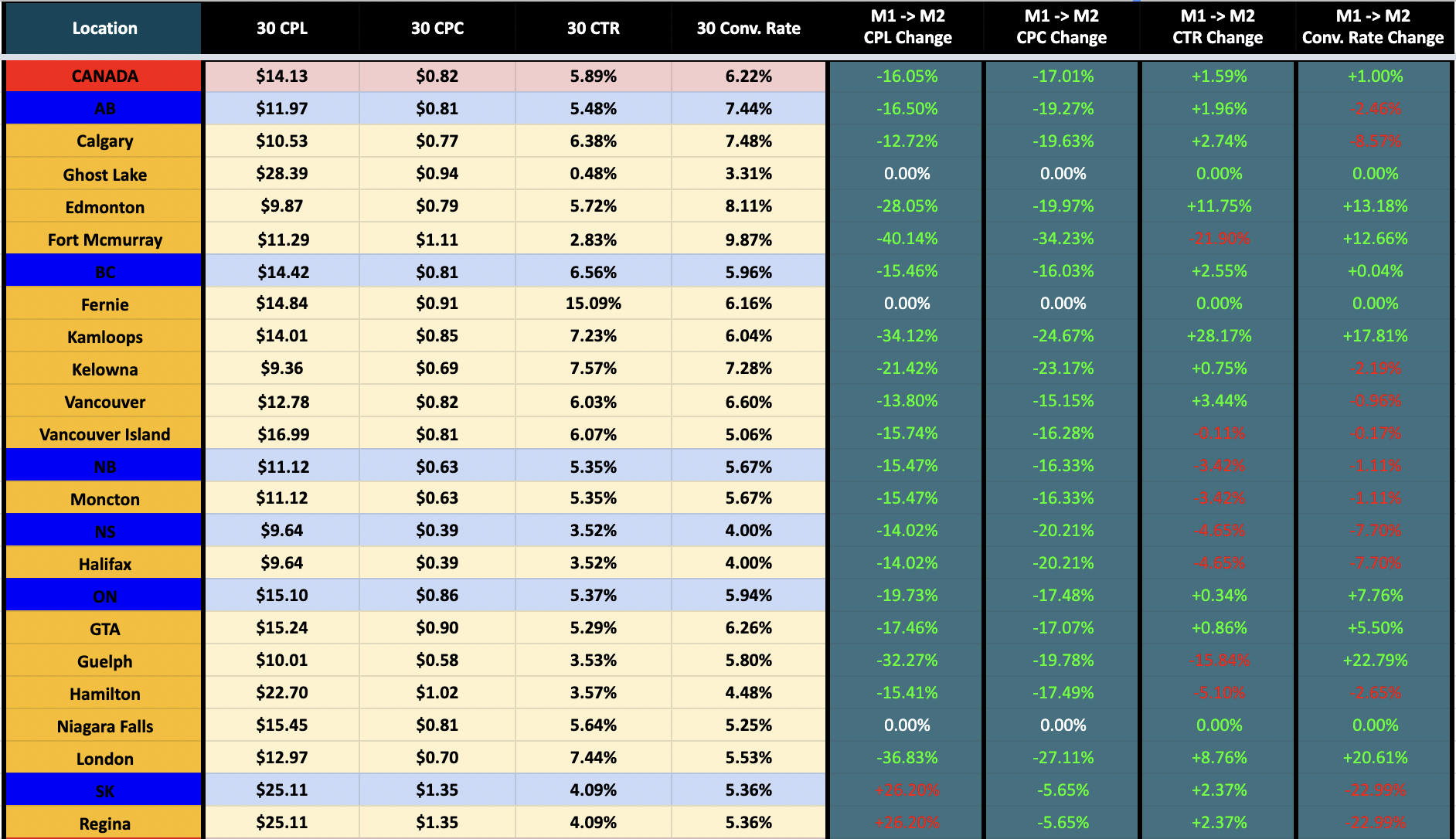
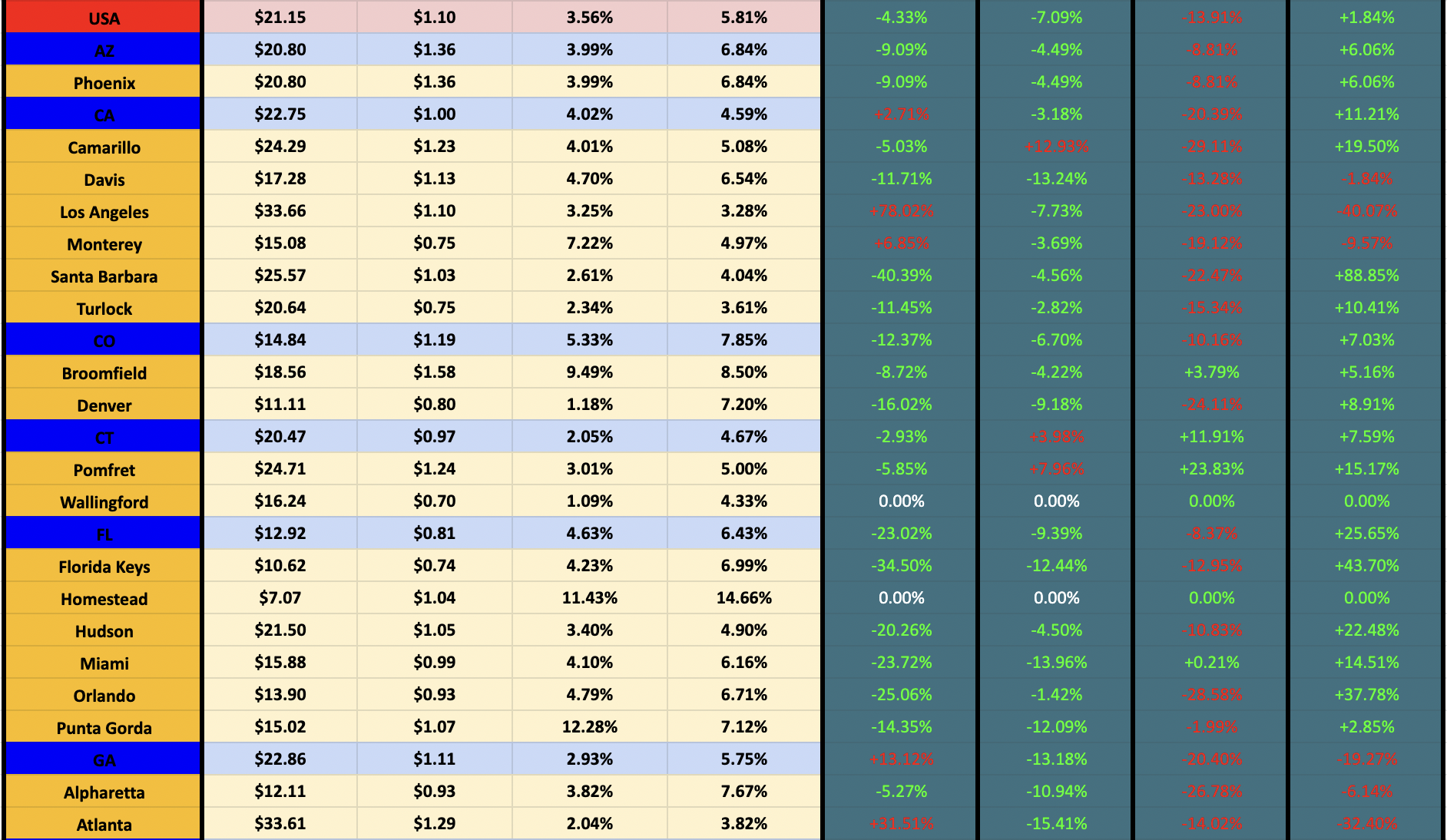
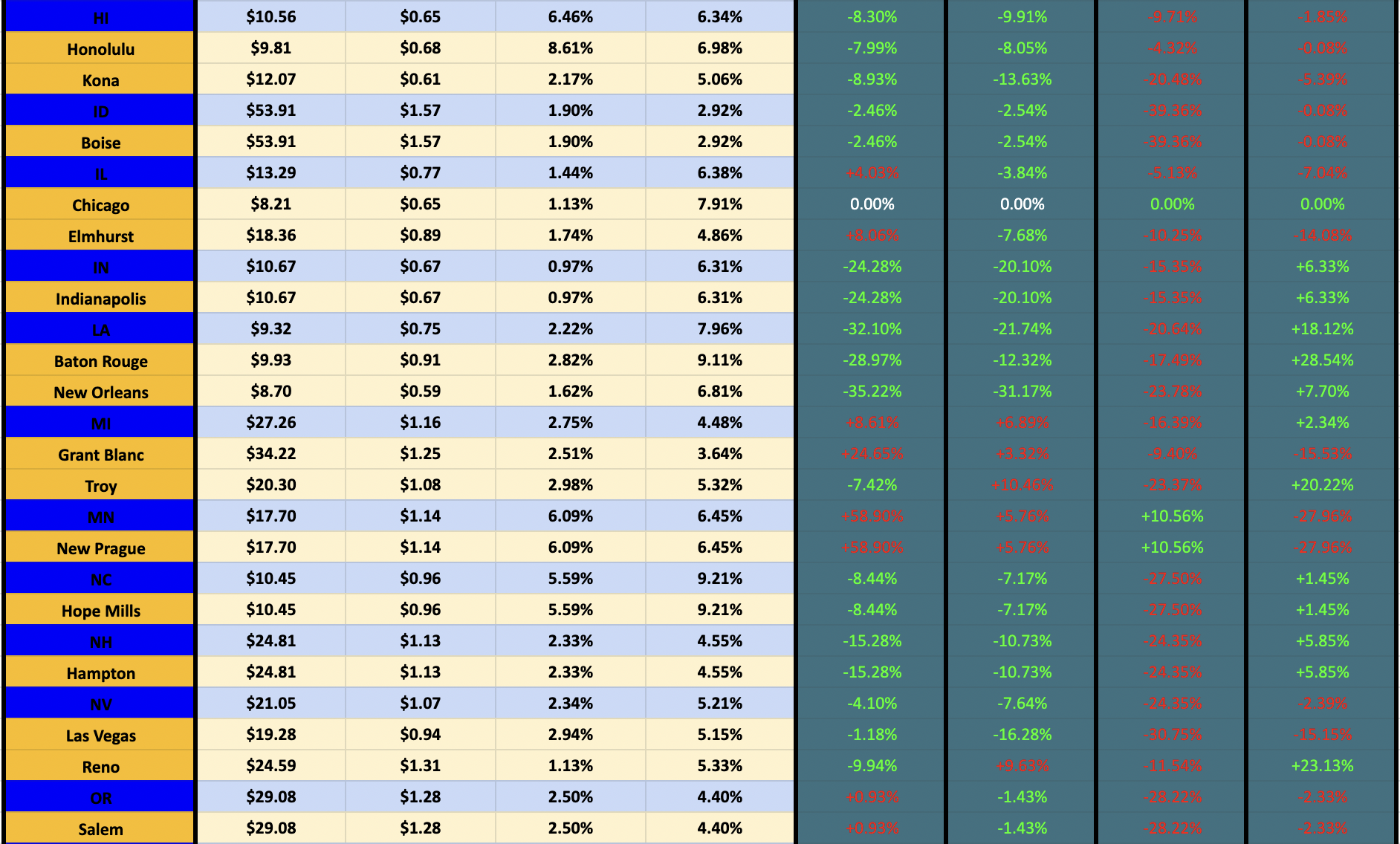
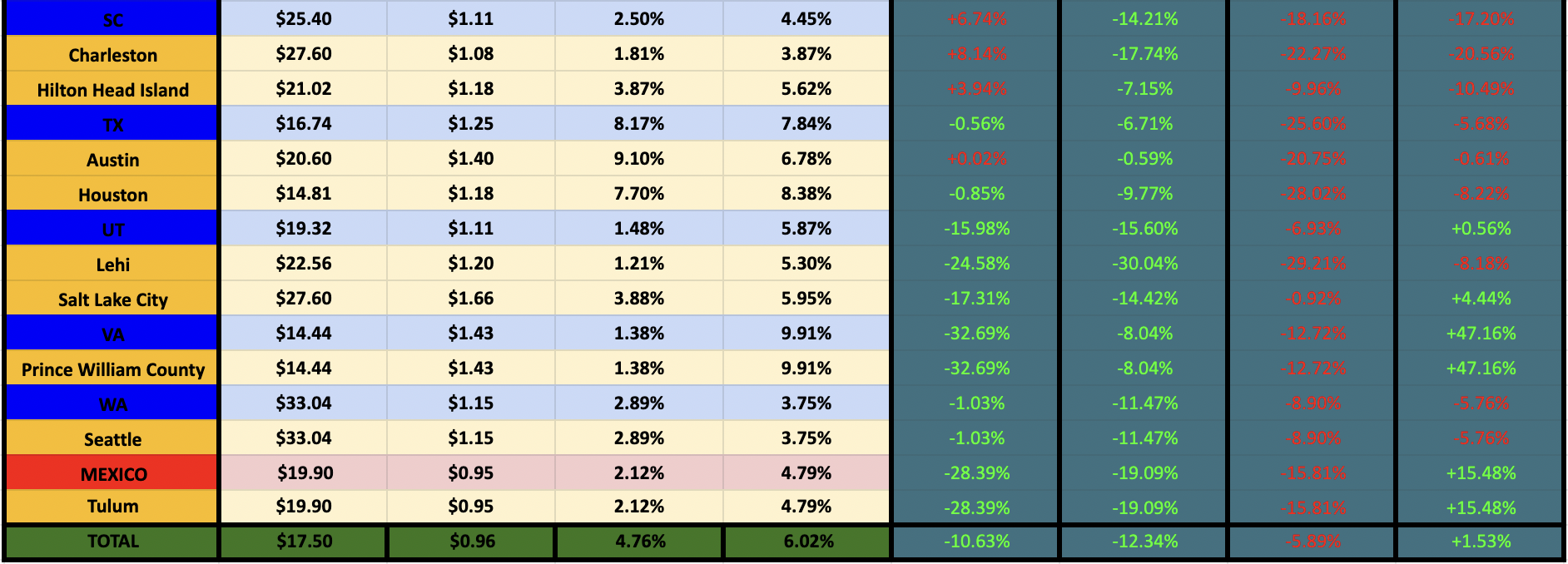
Year To Date Trends
Cost Per Lead ($)
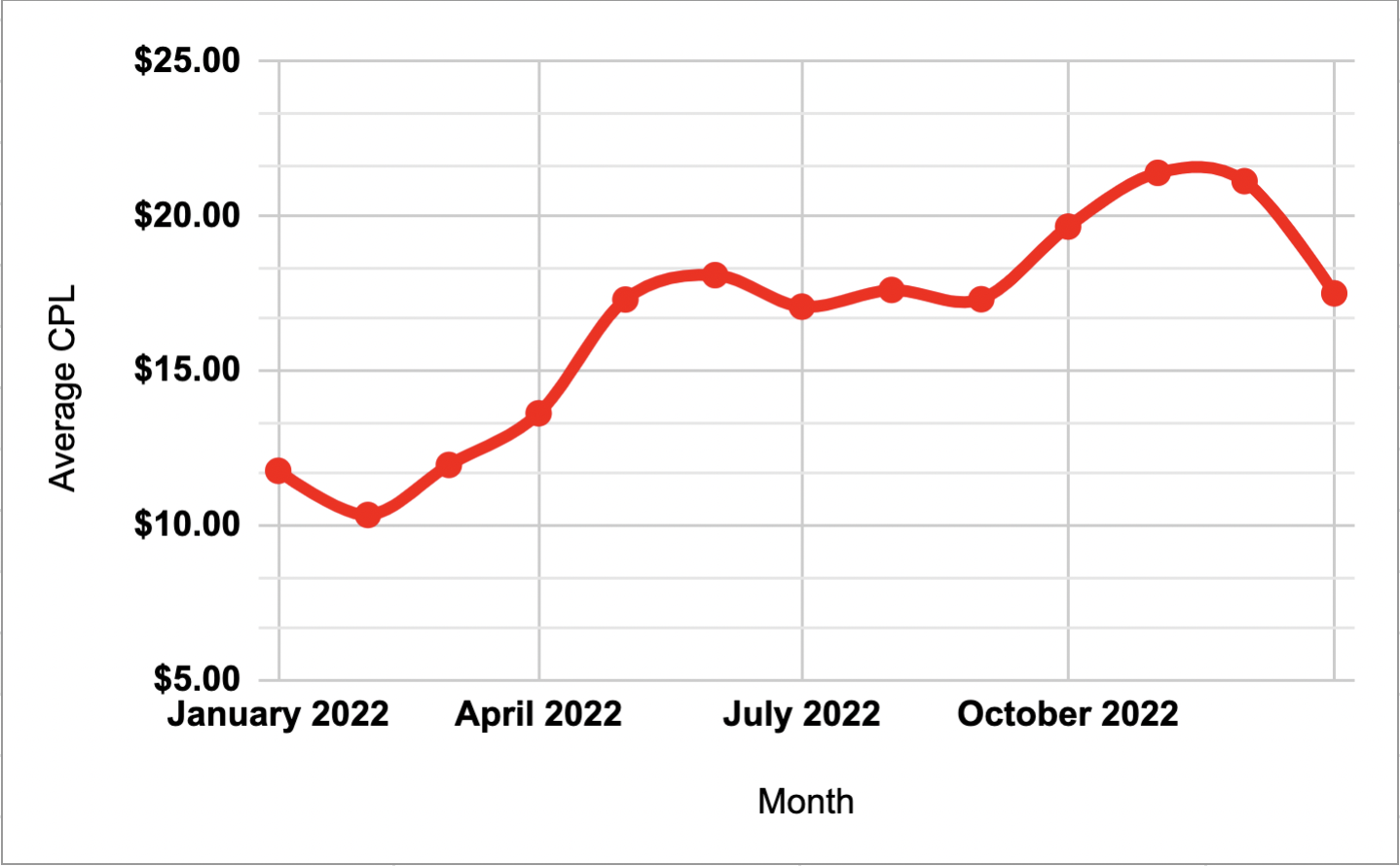
Click Through Rate (%)

Cost Per Click ($)
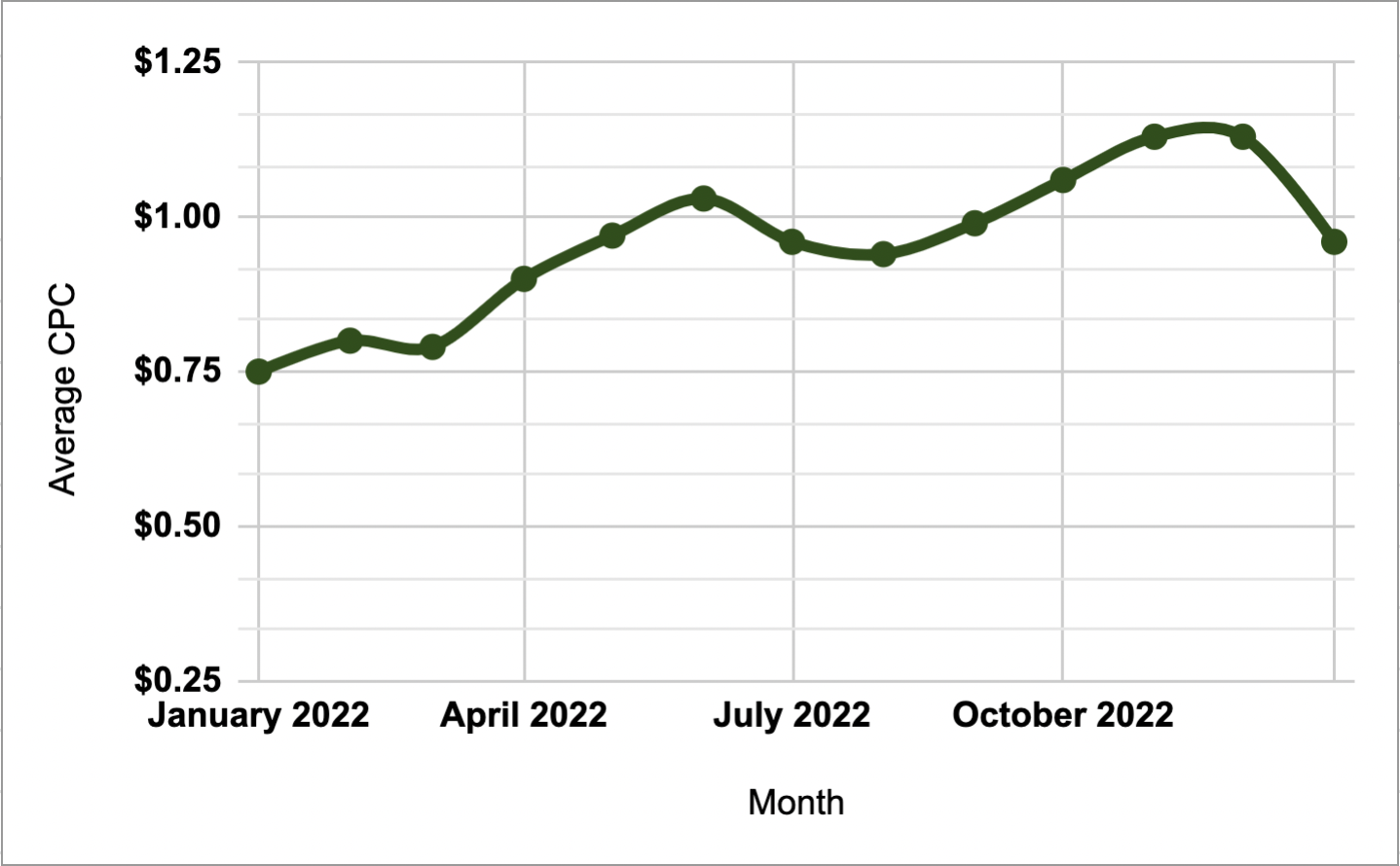
Conversion Rate (%)
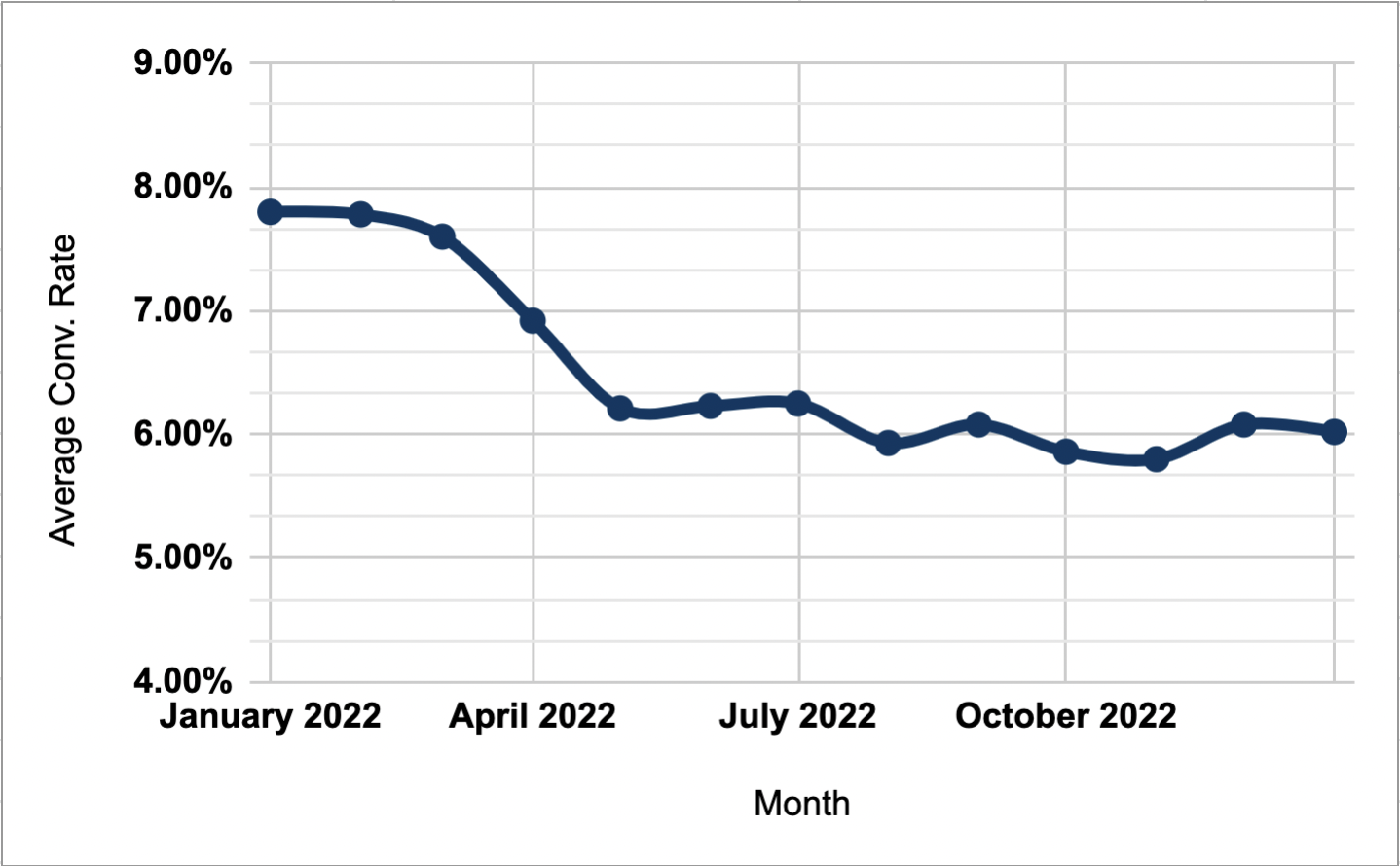
FAQs
WHAT IS A CLICK THROUGH RATE (CTR)?
This is the number of clicks that your ad receives divided by the number of times your ad is shown. clicks ÷ impressions = CTR. For added clarity, impressions are a measure of how many times your ad was shown.
What does this actually mean? Say your ad got 1000 impressions (1000 views of your ad). If from that you generated 100 clicks, you’ve got a CTR of 10%. When we look at a campaign, CTR is a good indicator of how well your audience is responding to your ad. A higher CTR translates to a higher percentage of your audience that felt your ad matched their query, so they clicked.
WHAT IS COST PER CLICK (CPC)?
Clicks are how you pay for Google ads, hence the term PPC or “pay per click.” Cost per click represents what it cost you to get a visitor to your website from the search results.
What does this actually mean? Three main factors influence your CPC - competition, industry and quality score. High competition keywords and industries lend themselves to a higher CPC, and the Google ads space is only growing more competitive - on average, two in five small-to-midsize businesses are running a PPC campaign. To combat competition, focus on ad quality. The better your ad quality, the lower you pay for the click. “Quality” is directly related to the relevance of your ad, and overtime, quality ads drive down your cost per click and improve your position in the auction.
WHAT IS COST PER LEAD (CPL)?
This is not another way Google charges you, don’t worry! Your CPC is calculated by dividing total cost for clicks, by your total conversions. Example - You get 1000 clicks on your ad at $0.50/click and generate 50 conversions (or “leads.”) You’ve spent $500 overall to get 50 leads, so dividing those numbers will give you a cost per lead of $10/lead.
What does this actually mean? As mentioned above, higher costs mean something isn’t lining up. Our agency is able to run very low cost campaigns, mainly because we’ve dialled in our strategies. The only way to address a high cost per conversion is to first address your high cost per click (refer to the CPC section for more on that!). This cost carries a different meaning depending on what you stand to gain from landing a new customer. If you spend $100 on a campaign and make $200, you’re making $2 for every $1 you put in. That’s great, but not if it costs you $150 to fulfill your product. Set expectations surrounding what you’re comfortable paying per lead based on the profit you stand to gain, and remember, ultimately the better your ad is, the lower this cost can go.
WHAT IS A CONVERSION RATE?
Your conversion rate is calculated this by taking the total number of conversions and dividing that by the number of total clicks. Example - if you had 50 conversions from 1,000 interactions, your conversion rate would be 5% ( 50/1,000 = 5%).
What does this actually mean? The internet has lots of opinions on conversion rates. Advertisers love to highlight their unique, magical strategies to “increase conversions” but the reality is, these usually run under 5-10% and that’s ok. When clicks are high, but conversion is low, examine your lead capture, landing page and call to action (CTA) placement on your landing page. Conversion increases when landing pages are relevant, you make it easy for a lead to submit their information and CTAs are compelling prospects to take the action you want them to.
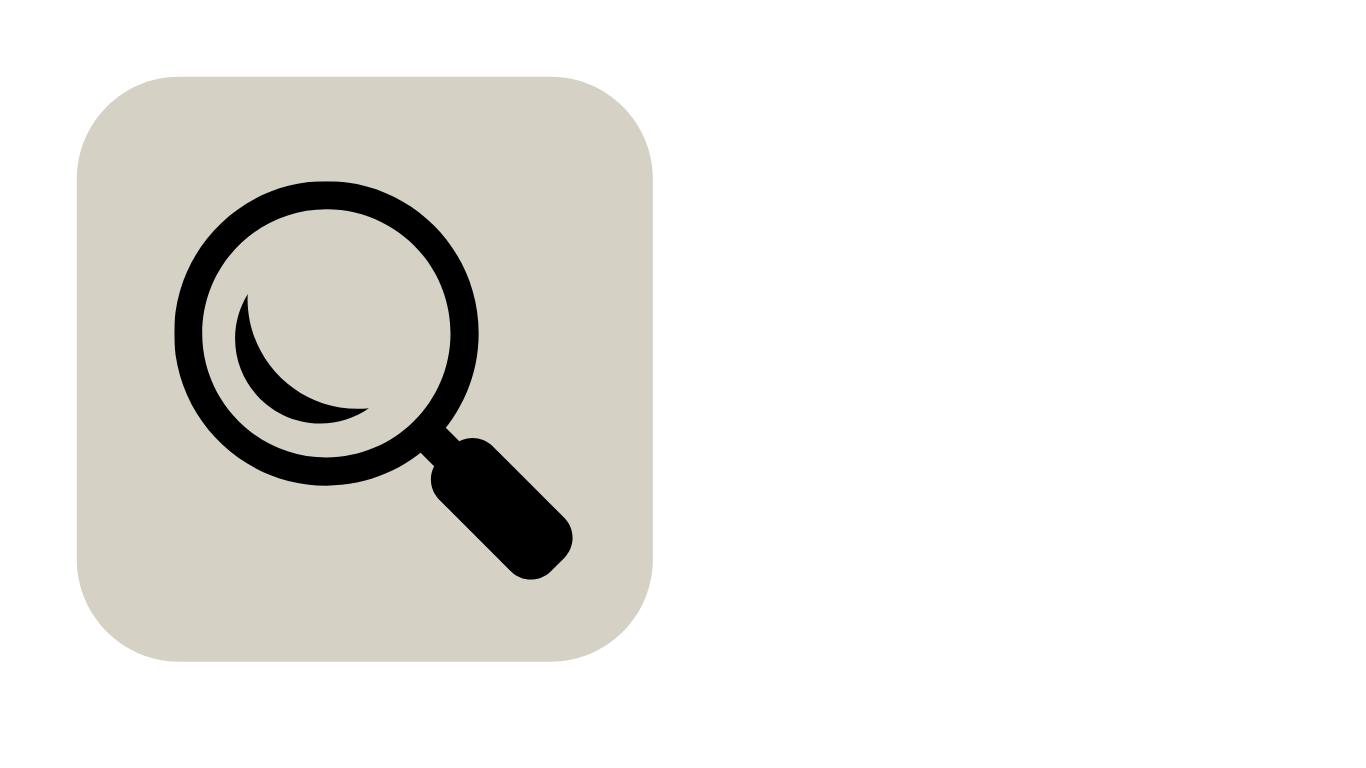
SEARCH ENGINE MARKETING

YOUTUBE + VIDEO CONTENT

REMOTE TALENT ACQUISITION

SEARCH ENGINE
MARKETING

YOUTUBE
+ VIDEO CONTENT

REMOTE TALENT ACQUISITION
- 2055 Limestone Rd STE 200-C
Wilmington, DE 19808
United States
- 2055 Limestone Rd STE 200-C
Wilmington, DE 19808
United States
©2022 Agent Launch LLC | Privacy Policy | Terms of Service
©2022 Agent Launch LLC | Privacy Policy | Terms of Service
